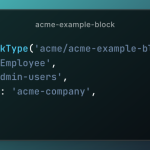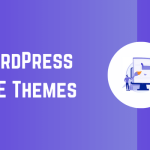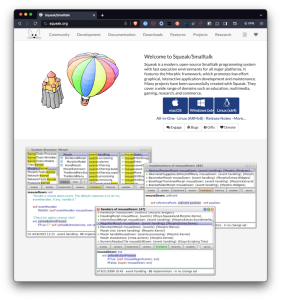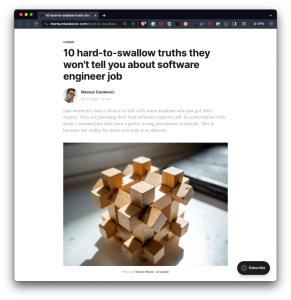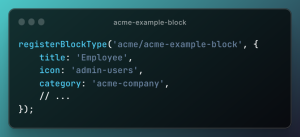If you want to make your WordPress page rank higher in search engines, you need to provide as much information about it as possible. One way to do that is by including metadata such as meta titles, meta tags, or meta descriptions.
In this article, you’ll learn why meta descriptions, in particular, are important for WordPress SEO or “search engine optimization”. You’ll also learn key tips to write effective meta descriptions for your pages.
Let’s get started!
A meta description tag is an HTML element you can add to your page or website. A meta description is meant to give the user an idea of your content. It tells them how such content relates to their search query.
A meta description is one of the most elaborate forms of metadata since you can include up to 155 characters. You can see meta descriptions in the Search Engine Results Page (SERP) under the page title.

Now, here’s a meta description example in HTML:

The meta description should include a target keyword, or a word that best describes the content on the web page. It should also include a prompting sentence that should be compelling enough for the user to visit your page.
Most Content Management System platforms allow you to edit the page’s meta description tag directly within the code or in the meta description field, after you go into the page’s metadata settings.
WordPress, in particular, allows you to write your own meta descriptions easily. There are several ways you can do that.
You can install SEO plugins such as Yoast SEO, All in One SEO, or Rank Math. All these tools give you easy access to the meta description editor. Another way is to add a meta description as an HTML tag in the code by editing a PHP file.
However, most people choose to use the dedicated plugin. WordPress has an entire library of those plugins.
A meta description isn’t as important as it used to be, but it’s still a part of on-page SEO. According to Google, meta descriptions don’t influence SEO directly, meaning they aren’t a ranking factor.
So, why are meta descriptions important for SEO?
Simple. A compelling meta description can influence click-through rate (CTR) and user experience. We already know how user experience impacts SEO. A good user experience can translate into more traffic. Google sees organic traffic as a valuable indicator of whether your result is relevant for a specific search query. As a result, your SEO can improve.
By creating great meta descriptions, you can also increase your chance of appearing as a featured snippet in the top part of the SERP. A featured snippet is a quote from your page that Google highlights. Google uses a number of different sources to automatically determine the appropriate snippet, including descriptive information in the meta description.
This is what a featured snippet looks like for a “click-through rate” query:
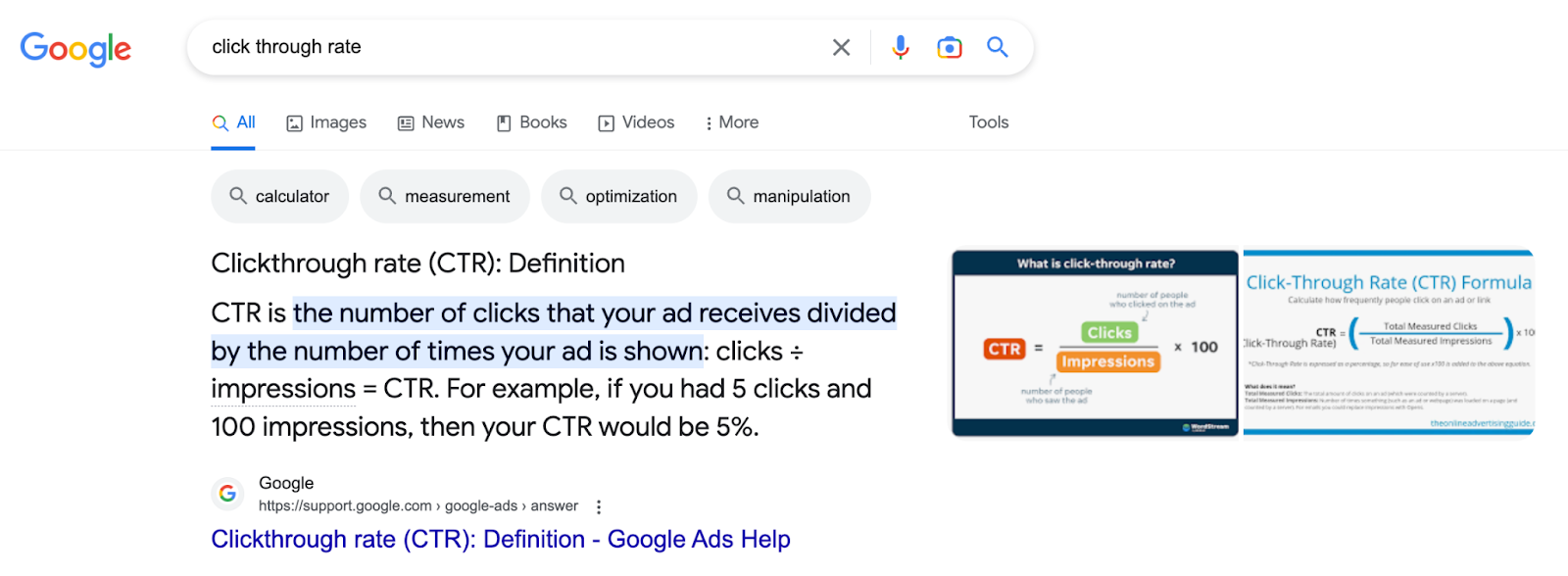
Snippets are a great way to catch users’ attention and drive traffic to your website. People often click on the snippet more often than on the first result on the page.
It’s also important to note that Google won’t always display your own meta description in SERPs. Sometimes Google rewrites meta descriptions and dismisses the one in HTML if it’s not good enough. If you don’t want Google to change your meta description, you need to know how to write a good one.
Meta descriptions are not as hard to write. However, you need to remember some key principles. Here are the five most important tips to follow for a well-written meta description:
Table of Contents
Stay Below the 155-character Limit
The first thing to consider when writing a meta description is its length. Although the character count limit isn’t definite, it’s usually within the 120 to 160 character range. The character limit will depend on the type of device a viewer will use to search.
Also, experts say a 155-character length is optimal, and you shouldn’t exceed it. If you exceed the number, your meta description might just get cut short. The result is that users won’t have the full context of your page. See how a shortened meta description looks like:

As I said earlier, Google (and other search engines) may replace your meta description with another one if yours doesn’t meet their standards. That includes length. It’s why it’s important to describe the key message of your page briefly and in simple words.
Use Active Voice
The purpose of a meta description is to convince your target audience to click on your result. For that to happen, you need to speak to them directly. Consider their motivation for visiting your page.
So, use the active voice. If you use the active voice, you only make your meta description more engaging and compelling. It will help you grab the attention of potential visitors and encourage them to click through to your website.
Using the passive voice, on the other hand, makes your message less personal. It also makes it longer.
Include Your Target Keyword
Keywords are the essence of SEO. You should use them in the most relevant places, such as meta descriptions.
Your meta description should include a target keyword. This best conveys the topic of your content. It’s important to use a focus keyword since it’s probably also the phrase users will employ to search. When people skim through the SERPs and they find a match for what they searched for, they will more likely click on that result.
It’s also important to use your focus keyword because Google will highlight relevant words in the meta description. This makes the result more visually appealing. Google sometimes even highlights synonyms of the focus keyword.

You might have found several relevant keywords that match your content. But don’t just stuff them into your meta description. You should also bear in mind the keyword density. Keyword stuffing is a no-no.
Meta descriptions consisting of long strings of keywords don’t give users a clear idea of the page’s content. Besides, if you repeat the same words or variations of those words in a chunk of text, you’ll only turn off your readers. Your strategy might end up backfiring, and they end up ignoring your meta description (and page) instead.
Add a Call to Action
A Call to Action (CTA) is what will ultimately convince the user to click on your result. It’s a phrase that urges the user to, well, take action. Calls to action should be direct and inspirational. Remember what we said about how you should use an active voice to speak directly to the user? You should do the same with your call to action. Don’t try to be overly creative. It might only conceal your message. Go straight to the point.
So, use phrases like “Learn more”, “Get it now”, “Try for free,” or something similar. A call to action should inspire a sense of urgency. Don’t hesitate to use words like “Now” or “Today” either. You can also mix in your target keyword.
Write Unique Meta Descriptions for Every Page
Here’s one last important point: Create meta descriptions that are unique and relevant to the page content. Don’t use the same meta description for every page because it will hurt user experience. Ultimately, it will hurt your rankings in search engines.
As you can see in the example below, the page titles are different, but the meta descriptions are the same:
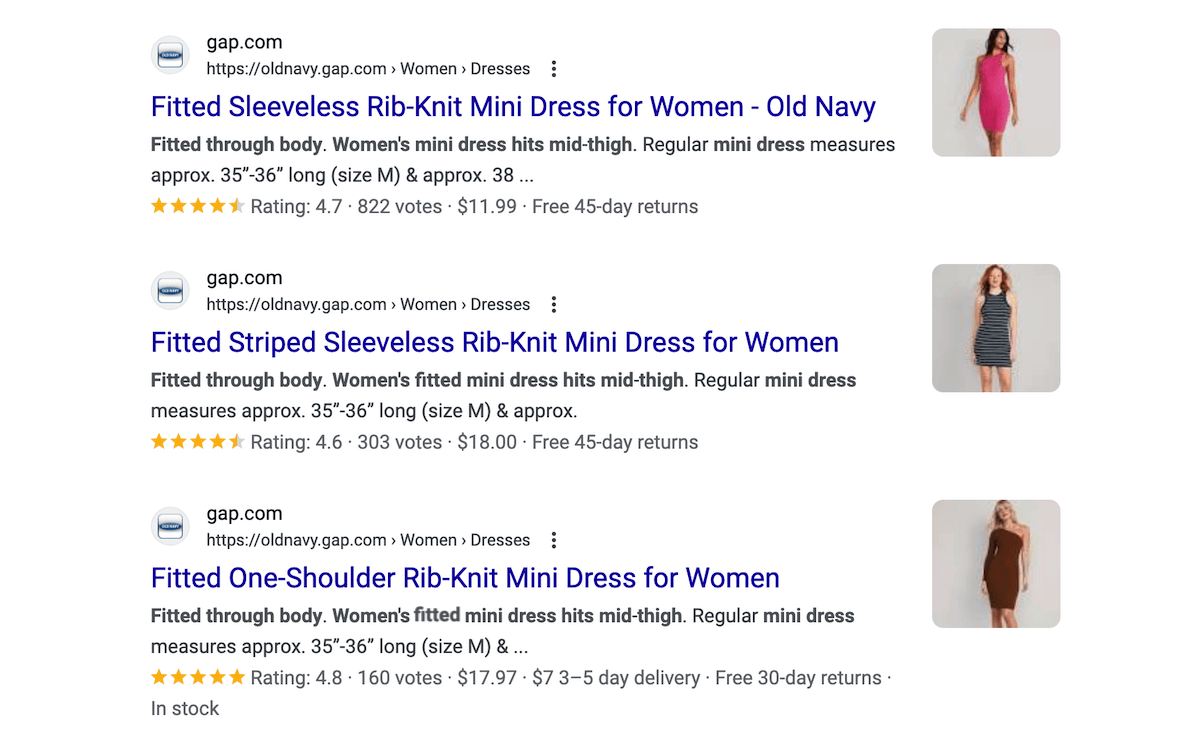
Duplicate meta descriptions (like the ones seen above) don’t add value. If you run out of ideas, instead of duplicating your meta description, just don’t write anything at all and leave the WordPress field empty. Google will just take a snippet from your page that contains the keyword used in the query and display that.
If you don’t have time to create an accurate description for every single page, Google recommends prioritizing your content.
Meta descriptions may seem like a small component of SEO. However, they can have a big impact on your website’s performance in search engine results pages. Remember, they’re one of the first things users see in SERPs. If you write good meta descriptions, you can drive CTR and improve search engine rankings.
You learned five tips to write good WordPress meta descriptions that drive clicks.
Remember to keep them concise, use active voice, and include your target keyword. Don’t forget to add a call to action and avoid duplicate meta descriptions.
By following the tips outlined in this article, you can reap the best results.





